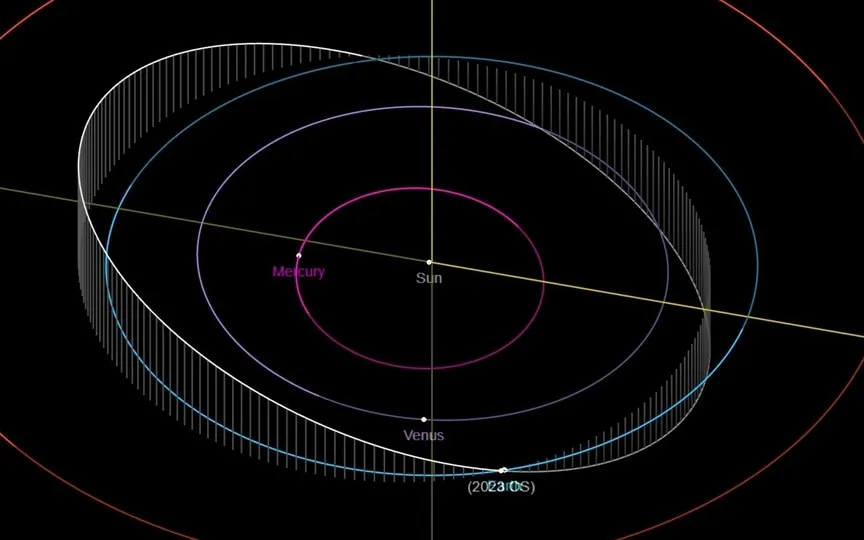NASA Tracks New Asteroid After Near Miss with Previous One
An asteroid, named Asteroid 2023 NT1, came incredibly close to Earth, but went unnoticed by space agencies. NASA disclosed that on July 13, the asteroid reached its closest point to Earth within a 60,000-mile radius, which is four times nearer than the Moon. Contrary to its size, the asteroid was not small, measuring approximately 200 feet wide, four times larger than the Chelyabinsk asteroid that caused significant destruction in Russia. The ATLAS observatory in South Africa detected the space rock on July 15.
NASA has also revealed details of an asteroid that will pass the planet at close range. But does it make a difference? Read on to find out.
When will it pass Earth?
According to data released by NASA CNEOS, the asteroid named Asteroid 2023 OS is approaching Earth at breakneck speed and is expected to make its closest approach to the planet today, July 21.
How fast will it go and how close will it come?
This space rock is currently traveling towards Earth at a speed of 38946 kilometers per hour, which is many times faster than Intercontinental Ballistic Missiles (ICBM)!
That’s up to 1.9 million kilometers, and while this distance may seem large, it’s a relatively small amount by astronomical distances considering the size of the asteroid.
How big is it?
NASA estimates it to be about 150 feet wide, which is comparable to an airplane! It has also been revealed that Asteroid 2023 OS belongs to Apollo’s group of Near-Earth Asteroids, which are Earth-splitting space rocks with semi-major axes larger than Earth’s. These asteroids are named after the huge 1862 Apollo asteroid discovered by German astronomer Karl Reinmuth in the 1930s.
NASA’s asteroid tracking technology
NASA has several space telescopes and ground-based observatories to find, observe and study asteroids in space. These include the famous Hubble Space Telescope and the new James Webb Space Telescope. In addition, spacecraft such as Dawn, OSIRIS-REx and Hayabusa2 have also helped study these ancient space rocks. There are currently 1,298,210 known asteroids in space, and while not all are dangerous, some can be derailed by interactions with the gravitational field of a planet like Jupiter and head toward Earth for a possible collision.
It is therefore imperative that these asteroids are continuously monitored to minimize the uncertainties associated with their proximity.




